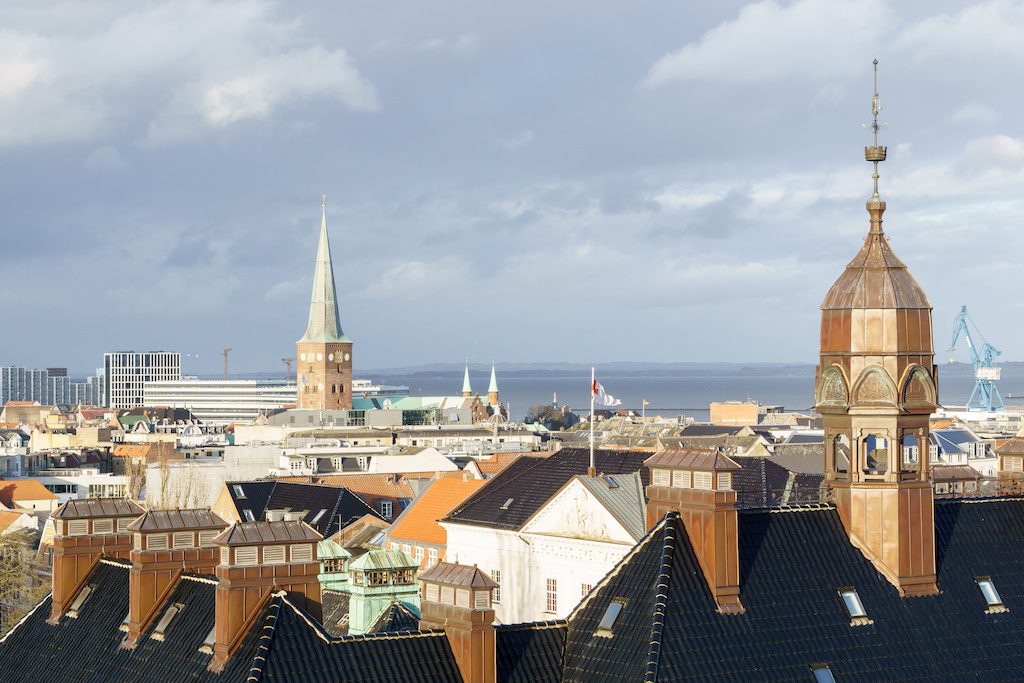District heating systems key to green energy transition

Recently announced plans for large geothermal heating project, highlighting the crucial role of district heating in the energy transition.
A strong emphasis for district heating is a prerequisite for a green transition, that keep being affordable for customers – and geothermal energy is an important part of the district heating of the future, so an opinion piece in Danish publication Ing.dk.
The first agreement in Danish history on geothermal district heating on a large scale – and on the largest continuous geothermal plant in Europe was recently announced in the city of Aarhus, as we reported. At a large press conference on 14 January 2022, this was the essence of the agreement presented by AffaldVarme Aarhus og Innargi, which is owned by AP Møller Holding, ATP and NRGI.
The historic buzz of the agreement was clear when a large number of ministers, mayors, councilors, directors, board chairmen and several rapporteurs from both the red and blue blocs stood side by side when the heating agreement between AffaldVarme Aarhus and Innargi was announced together with a political agreement on new regulation of geothermal heat, which most of the parliamentary parties agreed on shortly before Christmas.
But the agreement says more than that AffaldVarme Aarhus and Innargi are at the forefront of developing geothermal energy as part of the district heating of the future. It also emphasizes the role of district heating as a crank in the green transition.
District heating can bring all renewable energy sources into play and unnecessary billion-dollar investments can be avoided
If we are to achieve the goal of green conversion of the energy system, then it requires sector coupling and utilization of all renewable energy sources. Deep geothermal energy, seawater, energy recovery from waste, local and sustainable biomass, surplus energy from companies and energy in wastewater – there is only one place where all the renewable energy sources can be utilized efficiently, flexibly and competitively: district heating.
Of course, there should be no doubt that green conversion requires green power. Green electricity is needed for transport, just as green electricity is needed for heating private homes and commercial buildings. It will require massive investments in the electricity grid. But if unnecessary billion-dollar investments are to be avoided, then it requires wise and efficient use of electricity from wind and solar.
Both district heating made on geothermal and wastewater are good examples of technologies with high COP – that is, relatively much heat comes out of the power that drives the heat pumps that utilize the energy in the groundwater or wastewater. So if heavy transport directly or indirectly (PtX) is to run on electricity – and if everyone is to be able to charge their electric car whenever they want – then district heating, and the use of geothermal energy, for example, is crucial to keep costs for expanding the electricity grid down. .
Excellent for creating balance in the electricity market
Most people in the energy sector agree that electricity prices will fluctuate sharply in the future. The electricity will mainly come from wind and sun, and among other things climate change will contribute to electricity production fluctuating.
The district heating of the future will integrate both technologies that use electricity (heat from geothermal, seawater, wastewater, electric boilers, etc.) and technologies that produce electricity (eg energy utilization of local, sustainable biomass and of non-preventable waste, reused or recycled).
Source: Ing.dk